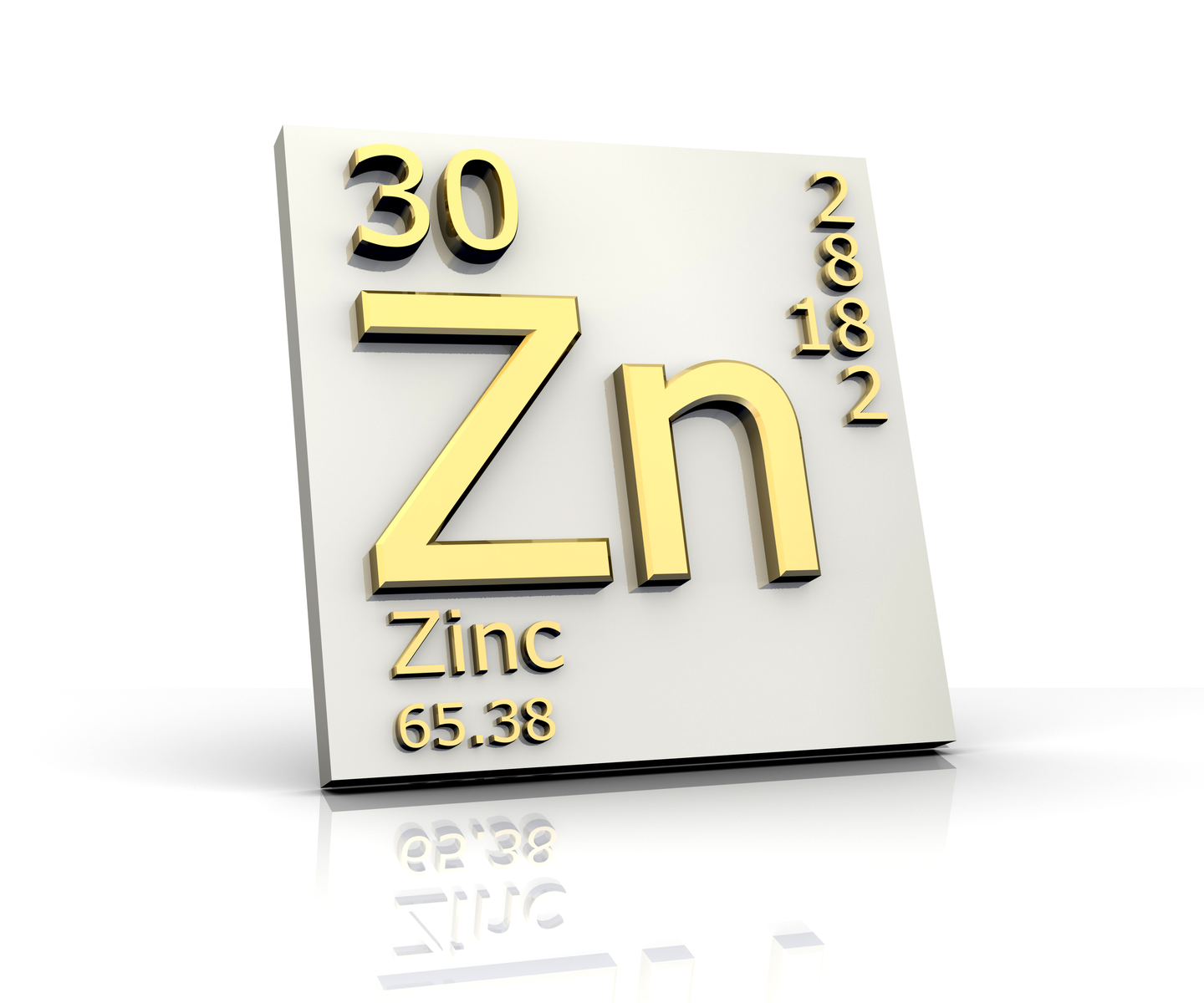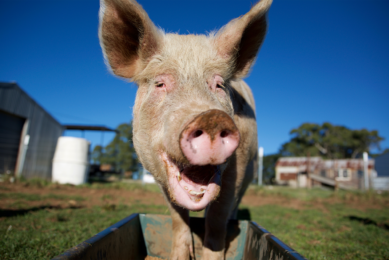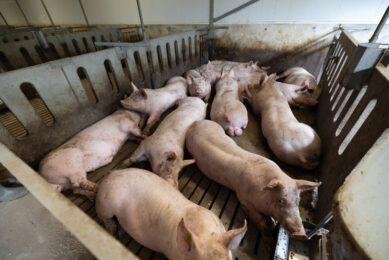Understanding the zinc pathways in animals

Zinc is an essential trace element in animal nutrition and plays an important role in several biological functions. But how does the absorption work in the gut and what are the major contributors for absorption? Here we shed light on how the pathways work.
By Agathe Roméo, Animine, France
According to O’Dell (1997), the bioavailability of an element is “the proportion of the element consumed that is utilised for a biochemical or physiological function”. As a first step, bioaccessibility can be defined as the proportion of the ingested element that is solubilised in intestinal environment and that then is absorbable across the enterocytes. Non-bioaccessible trace elements are excreted in the faeces. Bioaccessibility is consequently a critical step for the bioavailability of essential nutrients, a low proportion of bioaccessible elements in the diet implies a low proportion of bioavailable elements in the systemic circulation (Figure 1). The bioaccessibility of some trace minerals like zinc merits further investigation. The fate of zinc in the organism is increasingly well understood especially due the discovery of various zinc transporters.
Absorption in the small intestine
The small intestine is known as the main site of zinc absorption. In the intestinal lumen, bioaccessible elements are solubilised, generally after the gastric phase, and ionised: zinc can then be either complexed to other dietary compounds, or transported in the enterocyte in the chemical form of Zn2+. Primary sites of metal absorption are located in the duodenum, which has the highest capacity for absorption in some animal species like rats. As the length of the ileo-jejunum exceeds by far the duodenum, it is assumed that this digestive segment may be the major contributor to total zinc absorption.
Transporter genes
Significant progress has been realised these last 20 years on the understanding of zinc intestinal transport at molecular level. Before 1995, zinc transport was supposed to be bound to anionic or amino-acid complex with transferrin receptors. In 1995, the first transporter gene, ZnT1, was discovered. The ZnT proteins decrease intracellular zinc via efflux from cell or via influx into organelles. The ZnT family has 10 recorded
members but the transporter activity is established for only 7 of them. ZnT1 can be found in plasma membrane; ZnT10 could also be located at surface of the cells. Other ZnT proteins take place in membrane of intracellular vesicles: endosomes, Golgi apparatus.
Zip proteins
Absorption of zinc from the lumen into the cell depends on the Zip family (proteins). Mammalian Zip family has 14 members; transporter activity is recognised for nine of them. They act as gate-keeper in the plasma membrane but they are also located in the membrane of intracellular vesicles like the Golgi apparatus. Zinc transport activity has been established for some Zip proteins but mechanism is not completely understood. These transporters increase intracellular zinc via influx into the cell; they transfer zinc from the lumen or from the organelles. Simple diffusion can be also involved in zinc intestinal absorption, but it is generally assumed that this process has little significance.
Dietary factors
Many dietary factors can affect zinc bioaccessibility and absorption: protein quality and quantity, phytate content and the concentration of other minerals (copper, iron, calcium). Acid phytic is the strongest antagonist for zinc bioaccessibility in pig nutrition. But how does the organism naturally regulate mineral metabolism? How did evolution help the animals to survive in unfavourable environments, either during periods of shortage or when ingesting excess minerals? A phenomenon called homeostasis aims to the maintenance of physiological equilibrium, i.e. constant conditions in the internal environment.
Intracellular zinc concentration|
Homeostatic regulation safeguards the body against mineral toxicity. But the adaptation of zinc metabolism is also regulated in the other way, when animals face zinc deficiencies. If the concentration of intracellular zinc is low, zinc absorption increases and zinc excretion decreases in order to restore the zinc balance; for example, efficiency of zinc absorption in humans is near to 90% during severe restriction. A possible explanation of the phenomenon is a slight change in the concentration of transporters at the surface of enterocytes. For example, in rats, a low-zinc diet induced an up-regulation of Zip4 proteins at the apical pole of the enterocyte and consequently increased the influx of zinc from the lumen into the cell. Accumulation of Zip4 proteins decrease when diets are supplemented in zinc. Similar changes can be observed for Zip5 at the basolateral surface in enterocytes and pancreatic acinar cells. At contrary, level of zinc in diet and level of ZnT proteins at the cellular surface follow the same trends.
Role of metallothioneins
When dietary zinc intake is high, the efflux of zinc from the cell into the lumen, the circulatory system and the organelles is enhanced. An accumulation of molecules called metallothioneins occurs in cytoplasm (Figure 2). Metallothioneins are cystein-rich proteins with a low molecular weight. They have a relative affinity for zinc and for other metals like cadmium and copper. Their role is not fully understood. They are generally located in the liver, in the kidney and in the intestine, but they can be found in other tissues like brain. Stress conditions, toxic ions (cadmium, cobalt, mercury), excess of essential trace elements (zinc, copper), some hormones and inflammatory agents can induce the secretion of metallothioneins. These proteins are involved in zinc regulation: they can sequester zinc in some cells like the enterocytes and decrease the free intracellular zinc concentration in the femtomolar range. They seem to be involved in zinc trafficking and be a zinc storage molecule; they could therefore protect animal organism against overabundance of zinc. Abundance of metallothioneins cannot be strictly related to a better bioavailability of the dietary zinc, as their properties differ between tissues and animals. As some experiments have shown conflicting results, further studies are warranted.
Article featured in AllAboutFeed 22.7 2014











